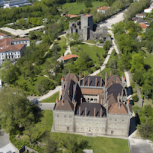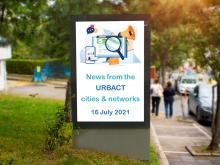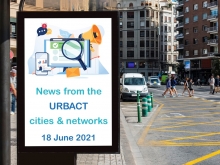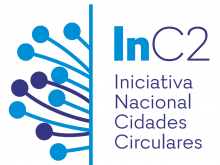
Guimarães
The municipality of Guimarães is divided into 48 parishes. The vast majority of the Guimarães population lives in the most urban areas of a very industrialized municipality, the fifth largest national exporter. It is also the largest Municipality of its NUTIII - Ave Intermunicipal Community (CIM Ave), which comprises the municipalities of Cabeceiras de Basto, Fafe, Mondim de Basto, Póvoa de Lanhoso, Vieira do Minho, Vila Nova de Famalicão, and Vizela. It is also one of the Municipalities in the District of Braga, bordering the towns of Póvoa de Lanhoso, Fafe, Felgueiras, Vizela, Santo Tirso, Vila Nova de Famalicão, and Braga. With a strong focus on the requalification of its territory and heritage, Guimarães is internationally recognized as an example in the rehabilitation and preservation of its Historic Centre, having been distinguished in 2001 as Cultural Heritage of Humanity by UNESCO. In 2012, Guimarães had the opportunity to show the world its history and culture, after having been selected as European Capital of Culture. The following year, it would receive yet another distinction, European City of Sport, the first in Portugal. A year where, in addition to promoting sports practice, it encouraged its citizens to become more healthy, increasing their quality of life. Guimarães is home to one of the most prestigious universities in Europe, the University of Minho, which is strongly implemented and rooted in the Municipality and linked to the development of the region as a whole. Being aware of the importance of preserving its heritage and improving the quality of life of its citizens, Guimarães lihas trodden a path to promote the sustainable development of its territory. An environmental diagnosis was performed to the city in 2014, in partnership with the University of Minho, focused on Transport and Mobility, Energy, Climate Change, Water Resources, Green Areas, Nature and Biodiversity, Waste and Eco Innovation, which made it possible to develop various instruments for integrated management, helping to establish a long-term vision on the sustainable development of the territory. At that time, new challenges were established, including a close relationship with a long standing strategic partner, the University of Minho, by using knowledge, science and innovation to solve current problems and find solutions for the future.
In 2020, based on the conclusions of the European Green Capital Candidacy Guimarães developed a Mission Structure for Sustainable Development 2030. The Mission Structure 2030 is, therefore, a platform for discussion and reflection on the major themes of sustainable development, namely Nature and Biodiversity, Water and Landscape.
The preservation and promotion of the natural heritage are one of the main challenges of the Municipality of Guimarães, and the strategy aimed at promoting the biodiversity Guimarães was recognized by the URBACT European programme – P2GREeN – Protection and Promotion of the Biodiversity of Guimarães – Natural Heritage. Currently, Guimarães is part of two URBACT networks. The network Cities4CSR” aims to develop comprehensive municipal strategies to foster and stimulate corporate responsibility in urban areas and “Tropa Verde”, a transfer network to encourage environmentally responsible behaviour that empowers citizens to reuse and recycle.
SOME RELATED NETWORKS
Tropa Verde
Cities4CSR
News
News from our cities and networks – 16 July 2021
News
News from our cities and networks – 18 June 2021
News
News from our cities and networks – 28 May 2021
News
News from our networks – 19 March 2021
Article







